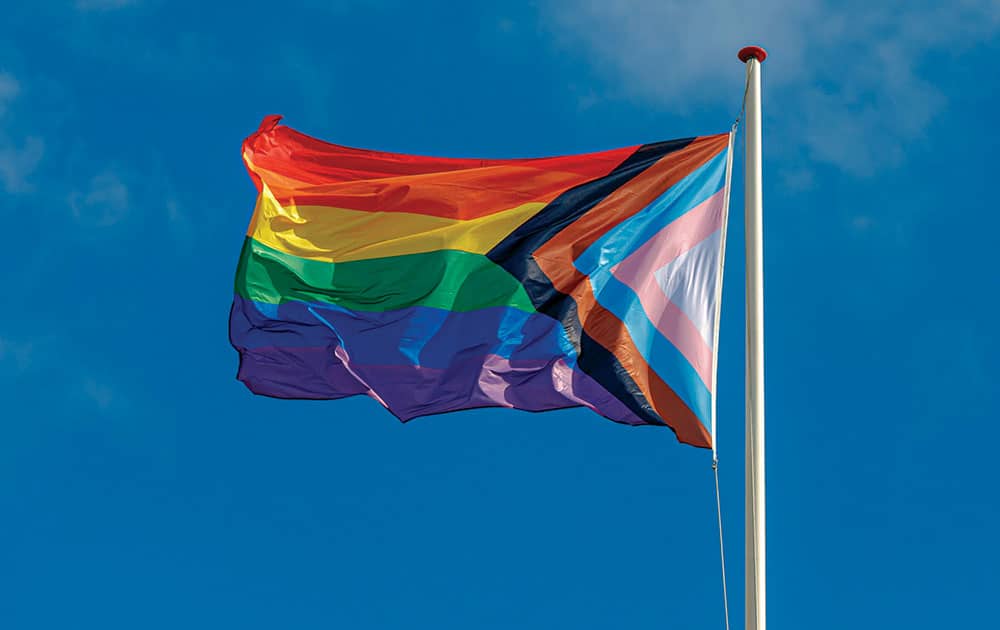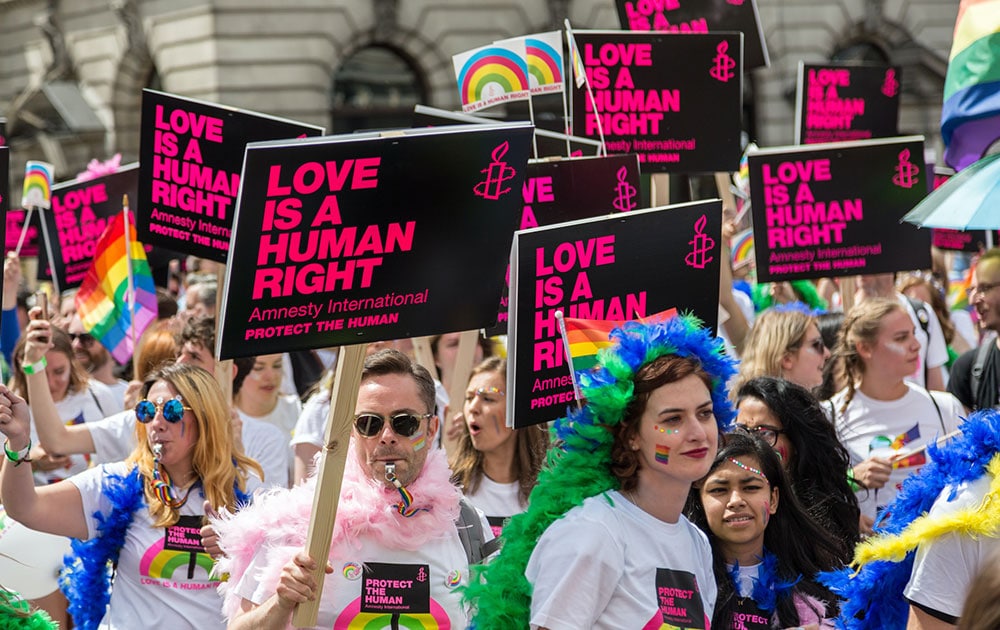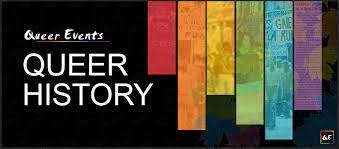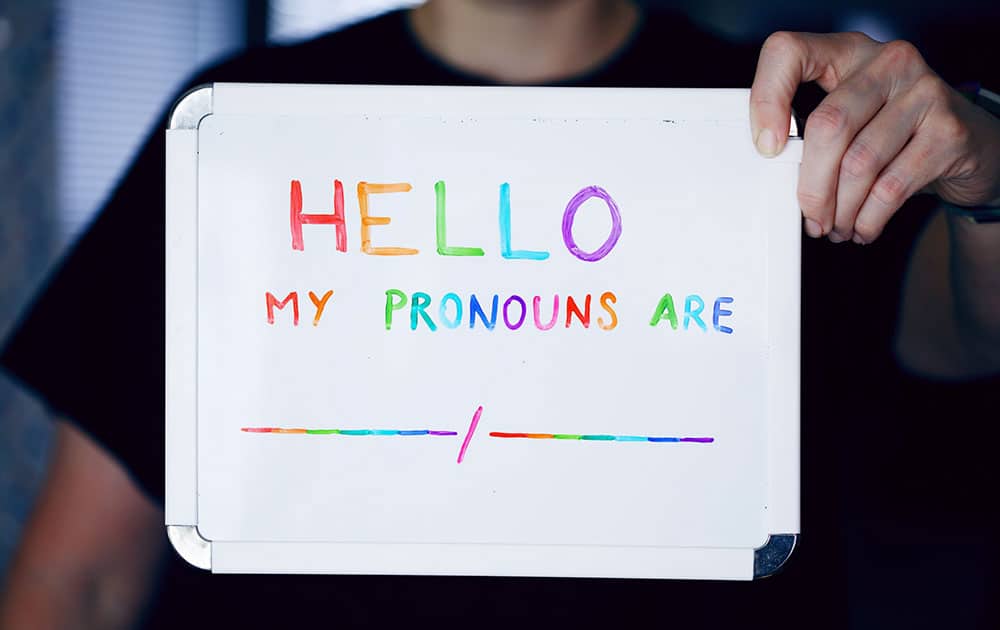
Written by Laura Osborne – Digital Marketing Program Coordinator

An Appreciation of LGBTQ2S+ History and Community in Celebration of Pride
The celebration of Pride in Canada is not only symbolic of LGBTQ2S+ allyship, but also an ode of recognition to queer movements of the past, present and future. From riots to celebrations, endless leaders and allies have stood in solidarity to achieve freedom, de-stigmatization and basic human rights. In honor of Pride this June, let’s take a look at some of the historical Canadian movements, queer terminology and current events in the LGBTQ2S+ community.

Why June?
Most famously associated with Pride is the Stonewall Riots of June 1969. Also known as the Stonewall Uprising, the event refers to the demonstrations by members of the LGBTQ2S+ community in response to a dangerous police raid at the Stonewall Inn, located in Greenwich Village, New York City. Following the raid were 6 consecutive days of protest that worked to catalyze what became known as the gay rights movement. Comparable to these events was Operation Soap, where four bathhouses in Toronto were raided by police. Similarly, many protests and marches followed these events, later becoming what is now known as Toronto Pride.
Iconic Movements & Moments
Pre-Colonial: Indigenous peoples on Turtle Island recognize and celebrate a diversity of genders, including Two-Spirit people who often are integral to Indigenous cultures as teachers, visionaries, and well-renowned healers.

1918: Two Montreal writers, Elsa Gidlow and Roswell George Mills, launched the first known LGBTQ2S+ publication in Canadian history through an underground magazine – Les Mouches Fantastiques.
1964 – 1965: Canada’s first gay-positive organization, ASK, is founded, along with the first gay magazines, ASK Newsletter and Gay. A gay-themed independent film, Winter Kept Us Warm by David Secter was given screening at the Cannes Film Festival. The first volume of openly gay-identified poetry in Canadian literature is published by poet Edward A. Lacey.
1968-1969: Justice Minister Pierre Trudeau reforms the Criminal Code of Canada around social issues of homosexuality, divorce and abortion, stating there is “no place for the state in the bedrooms of the nation”. Canada then decriminalizes homosexual acts between consenting adults.
1971: Canada’s first gay public protest, We Demand an Apology, occurs on Parliament Hill.
1973: The Canadian Gay Liberation Movement Archives are launched. Homosexuality is removed from the Diagnostic Statistics Manual (DSM).
1976: The Lesbian Organization of Toronto (LOOT) is formed.
1979 – 1981: Robert Douglas Cook becomes Canada’s first openly gay political candidate and ran in the British Columbia provincial election. George Hislop runs as an independent protest, openly gay candidate in the riding of St. George in the 1981 provincial election, following the events of Operation Soap.
1984: The first GLBTTQ-specific charity, Pink Triangle Services, begins running in Ottawa.
1990: WHO removes homosexuality from the International Classification of Diseases (ICD).
1996: Canada passes Bill C33 of the Canadian Human Rights Act, which rules that freedom from discrimination on the basis of sexual orientation is a human right.
2003: The federal Civil Marriage Act, which legalizes same-sex marriage on the basis of section 15 of the Canadian Charter of Rights and Freedoms is passed.
2009: The first Trans March in Canada runs alongside Toronto Pride.
2013: The House of Commons passes Bill C-279 which extends human rights protections to transgender and transsexual people in Canada.
2017: Bill C-16 in the Canadian Human Rights Act and Criminal Code is updated to include the terms “gender identity” and “gender expression”.

Current Events
Currently in Canada there are many amazing LGBTQ2S+ based organizations, foundations and platforms that offer opportunities and resources not only for those within the community, but also for allies who are looking to support and get involved.
To name a few:

Queer Events (QE) is a queer platform for the LGBTQ2S+ community, founded in 2016. Through empowerment and connection, QE hosts a wide variety of music, support groups, drag shows, socials, nightlife, health and wellness, community and arts and culture events. They also provide online learning resources, programs and initiatives.

PFLAG Canada is a nation-wide non-profit organization that works to build a community of friends and family who are part of the LGBTQ2S+ community. The organization offers opportunities of local peer-to-peer support, volunteer opportunities and education.

The Lesbian Gay BI Trans Youth Line offers Toronto-based peer support, particularly through their confidential and non-judgemental phone line, chat, and email support services. In addition, they offer insights on current programs and events for the community, as well as volunteer opportunities.

Let’s Talk the Talk
As the queer community continues to expand, it’s important that our repertoire of language also expand so we can continue to respect other identities. Here are just a few terms and definitions that you may come across:
LGBTQ2S+
An acronym for the queer community, standing for Lesbian, Gay, Bisexual, Transgender, Queer / Questioning, Two-Spirit and other sexual orientations and identities.
Two-Spirit
An umbrella term that bridges Indigenous and Western understandings of gender and sexuality – each definition and understanding of Two-Spirit is Nation-specific.
Queer
An umbrella term used to include those who identify and express themselves outside of the binary categories of gender and sexual orientation.
Pansexual
An individual whose attraction is not constrained by others gender identity.
Asexual
An individual who doesn’t fit the traditional standards and expectations regarding sexual desire.
Transgender
An individual whose gender identity varies from the sex they were assigned at birth.
Sex
The label assigned at birth based on anatomical features, hormones and chromosomes.
Intersex
An individual born with sex characteristics (i.e. genitals or chromosomes) that do not align with the gender binary of “male” or “female”. Fun fact, being born with intersex traits is comparable to the number of people born with red hair!
Gender
A social construct with expectations of appearance (gender expression) and behavior (gender role) of an individual, often linked to their presumed sex characteristics.
Gender Identity
How you feel and express your gender, which does not have to align with the sex you were assigned at birth or the gender binary. A few popular identities include male, female, nonbinary and genderqueer.
Nonbinary
An individual who does not identify as exclusively male or female.
Genderqueer
An individual whose concept of gender is fluid and not constrained by a single fixed gender or the gender binary. For an example, identifying as both male and female, neither male or female, or a combination.
Drag King / Drag Queen
An individual who preforms masculinity or femininity as an art form. Fun fact – these performances do not necessarily correspond with any specific gender or sexual identity, some folks are straight and/or cisgender!
Pronouns
A word used in substitution of a noun to refer to an individual, which may often signal their gender. Common pronouns are he/him, she/her, they/them. It’s important to ask what someone’s preferred pronouns are so you can respect their identity and avoid misgendering.
These are just a few terms and definitions that may be useful as an ally. There are plenty more out there and always more to learn so we can respect and support our communities.

“The Future is Here & It Is Queer!”
After this mini introduction of the LGBTQ2S+ community in Canada, we may now celebrate this year’s pride with a deeper appreciation for trailblazing efforts of those in the past, present and future. Let us continue to celebrate each individual’s identities with love, kindness and acceptance.
All articles and other information posted on http://teacherslife.com are intended to be informational only and not for the purpose of providing any health, medical, financial, insurance, legal, accounting, tax or other advice. Teachers Life does not guarantee or represent that any information in these articles or elsewhere on this website is accurate, complete, current or suitable for any particular purpose. You use or rely on such information solely at your own risk. All articles and website content are the property of Teachers Life and all rights are reserved. IN NO EVENT WILL TEACHERS LIFE BE LIABLE FOR ANY LOSS OR DAMAGE YOU INCUR RELATED TO YOUR USE OR RELIANCE OF THE INFORMATION IN THESE ARTICLES OR ELSEWHERE ON THE WEBSITE. See the Terms of Use for more information.

